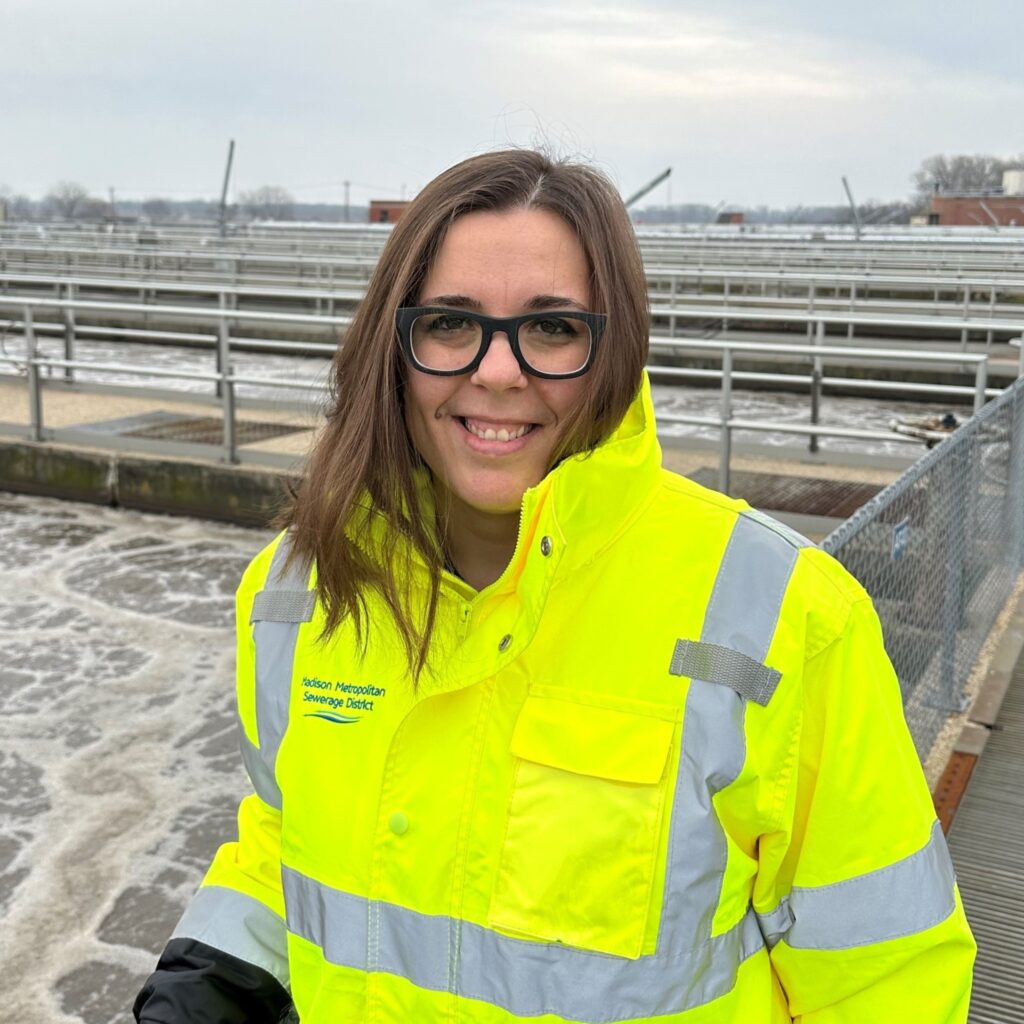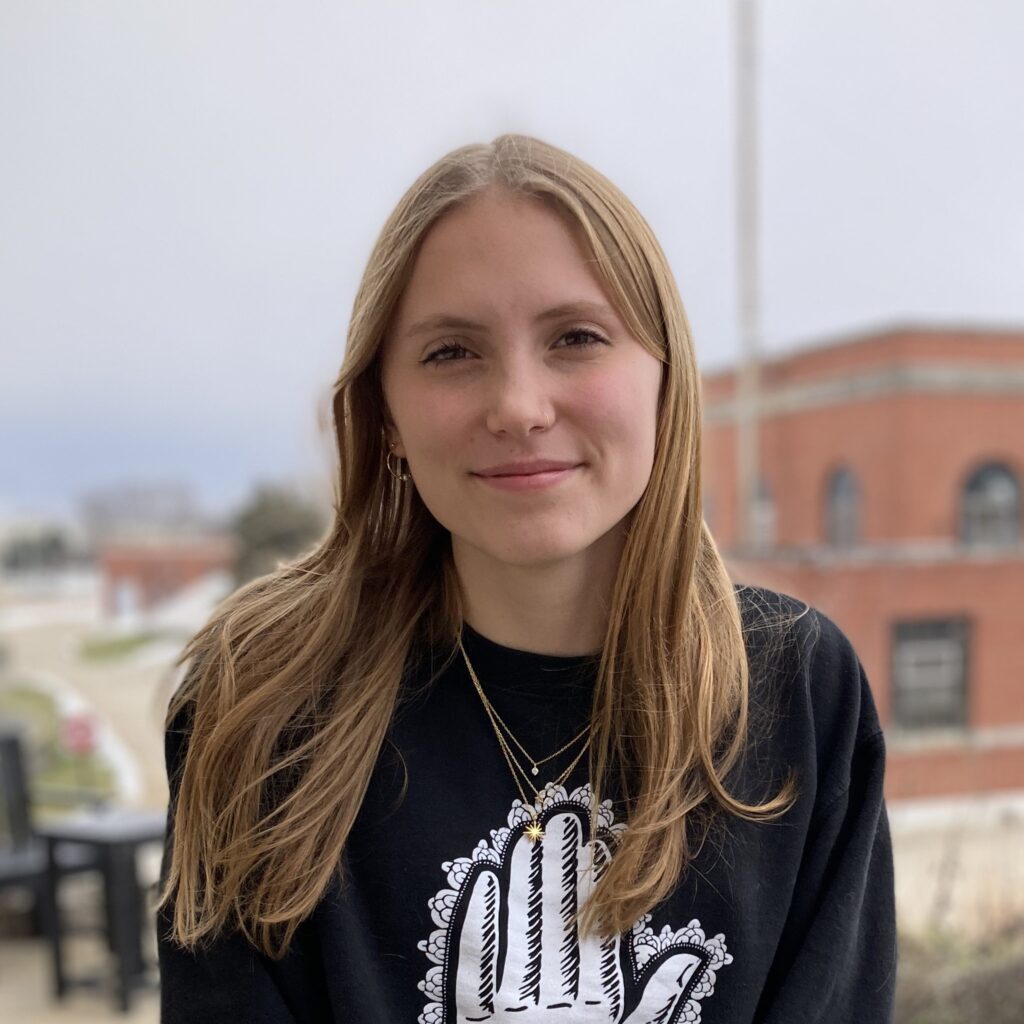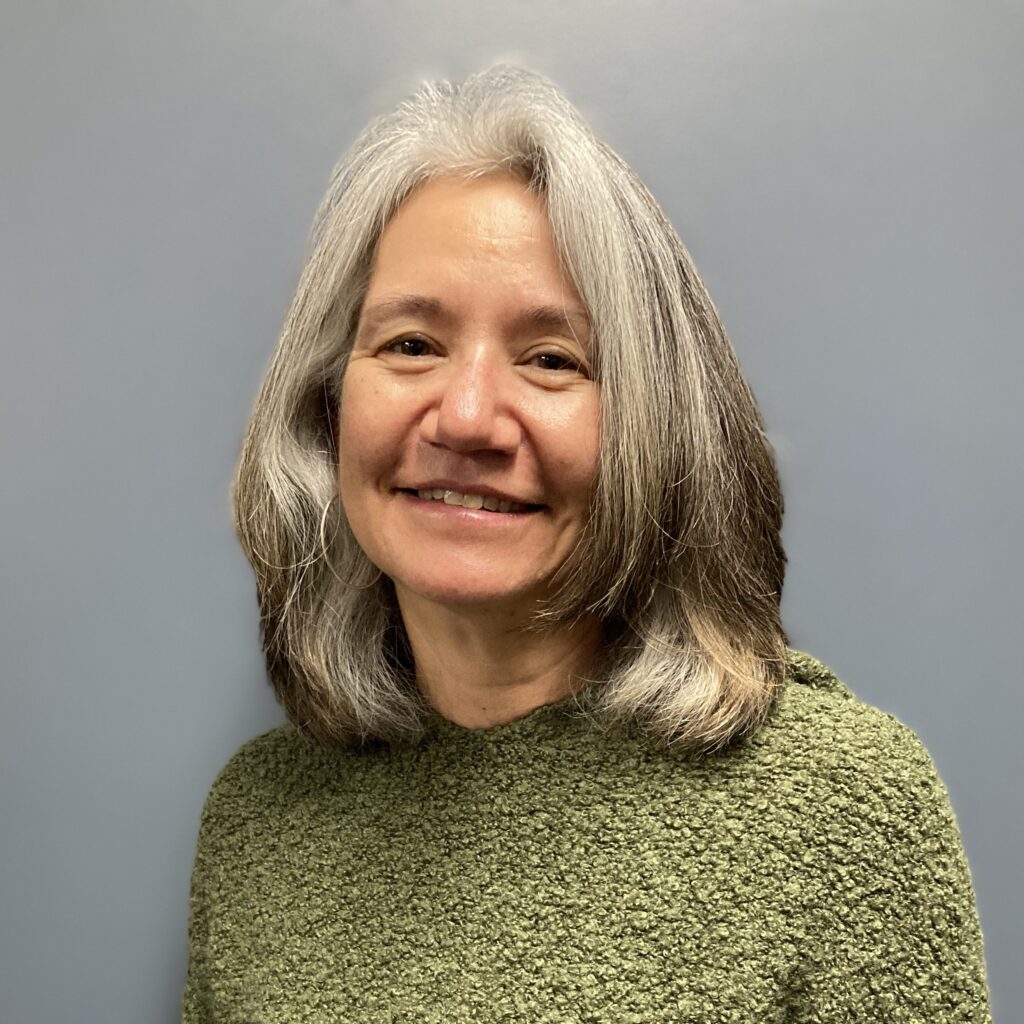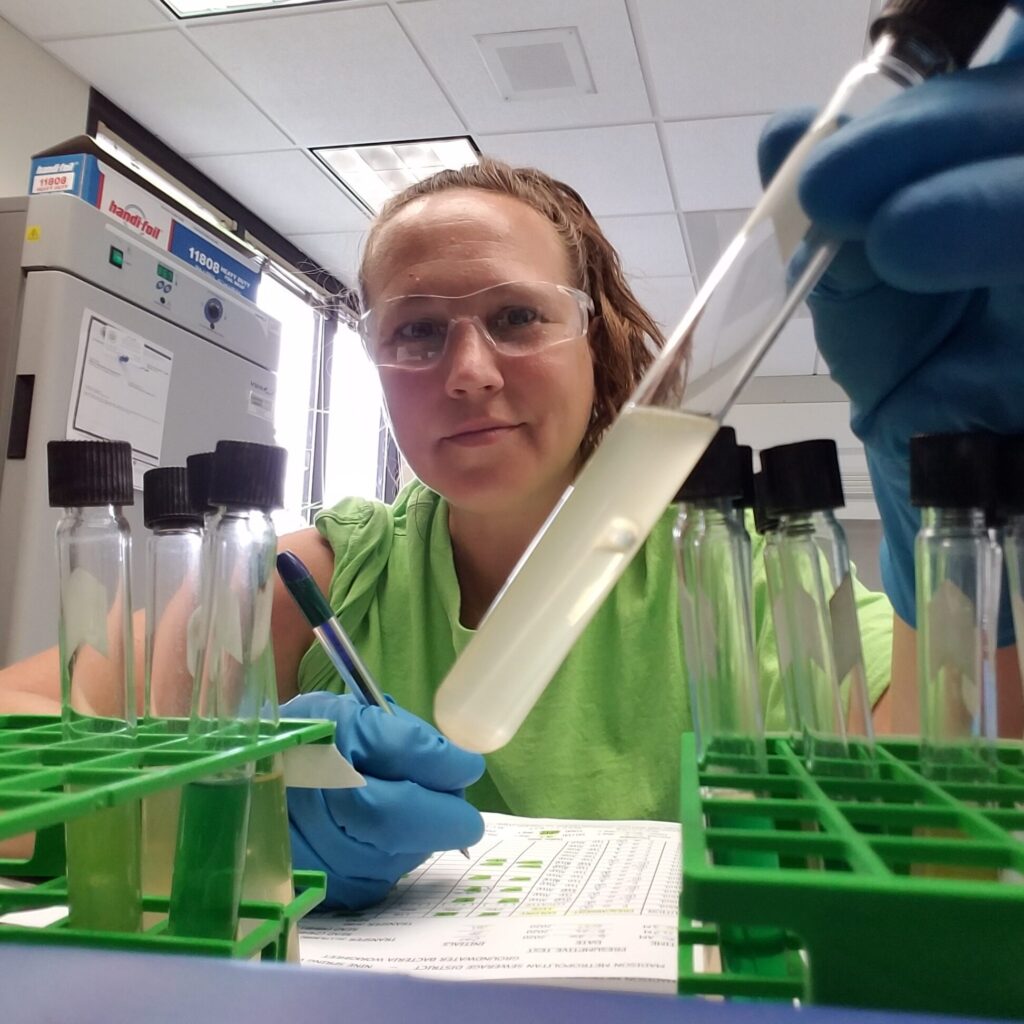Diversity in the fields of science, technology, engineering and math (STEM) is essential for driving innovation and promoting social progress. The number of women and other marginalized genders in STEM fields has grown in recent years, but men remain predominant in STEM fields. The National Center for Science and Engineering Statistics website offered a few interesting facts about the STEM workforce, derived from recent Census data.
- Men and women represent similar proportions of the overall workforce – 52% men and 48% women
- However, men still far outnumber women in STEM careers – as of 2021, 22.6 million men work in STEM compared to 12.3 million women
- This translates to a greater share of men working in STEM careers than women – 29% vs. 18% in 2021, respectively
- But, the number of women in the STEM workforce increased 31% between 2011 and 2021 compared to a 15% increase for men
Days of recognition and celebration like International Day of Women and Girls in Science (February 11), International Women in Mathematics Day (May 12), International Women in Engineering Day (June 23) or International Women’s Day (March 8) provide an opportunity for us to recognize the significance of women and girls in scientific and technical careers and help us promote consideration of STEM interests with future generations.
To celebrate women in STEM, we asked four women of wastewater to share their personal opinions, life experiences and advice for pursuing careers in science, IT, engineering or mathematics. Thank you to project engineer Ana Saloni, lab youth apprentice Calista Mignon, IT records program administrator Amy Bublitz and wastewater operator Brenda Staudenmaier for offering valuable insights and perspectives on careers in STEM.

Project engineer Ana Saloni came to the District in 2023 from UW-Platteville, where she taught environmental engineering. She has several years of experience as a wastewater treatment system manager in her native country of Croatia and worked with the United Nations (UN) Industrial Development Organization in Beirut, Lebanon. Ana has a Bachelor’s and a Master’s degree from the University of Zagreb, Croatia and a PhD from Jackson State in Mississippi.

Calista Mignon joined the District’s chemistry lab staff in 2024 as a youth apprentice through the Dane County Youth Apprenticeship Program. Currently in high school, Calista has interest in studying environmental science and/or biochemistry in the future. In her free time, Calista enjoys competitive swimming.

Information technology professional Amy Bublitz joined the District in 2012 as a business analyst, administrating and supporting core IT processes and software applications. In 2019, she was promoted to records program administrator for the District. Amy attended the University of Alaska in Fairbanks studying natural resources management, received a network specialist A.S. from Madison College and has a Bachelor’s in sustainable management from UW-Stout.

Brenda Staudenmaier joined the District’s operations team in 2018 as a relief operator. She has an environmental engineering degree from Northeast Wisconsin Technical College (NWTC), attended UW-Green Bay for cellular and molecular biology and obtained multiple certificates in the fields of art, global health and communications. Brenda is also an experienced photographer and videographer, capturing imagery that tells the story of water, waste and the important roles people play with each.
What do you do at the District?
Ana: My role as project engineer includes the overall project management activities associated with capital improvement projects, with some of the main activities such as planning, design, bidding and construction inspection.
Calista: At the District, I work in the lab and test the alkalinity of digester samples to ensure everything is working correctly. Since I’m in the Youth Apprenticeship Program, I go to school while I’m not in the lab.
Amy: I’m responsible for managing, configuring and administering the District’s records management program by administering and optimizing the district’s records management systems to meet the growing needs of the District. I ensure the records management systems integrate with other data systems and the District’s overall data management plan. I also make sure District records practices are standardized and consistently applied and records policies and procedures comply with legal requirements.
Brenda: As a relief operator, I am trained to handle responsibilities of all operator roles. My main task is to ensure that all processes and equipment within our plant are functioning efficiently. When equipment malfunctions occur, I diagnose the issues and coordinate with the relevant work groups for repairs. Additionally, I monitor laboratory data closely and make necessary adjustments to plant operations to ensure compliance with our permit requirements for air quality, water management and biosolids disposal.
How did you first become interested in STEM?
Ana: I became interested in STEM my second year in college when an amazing professor, Dr. Natalija Koprivanac, took me “under her wing” and sparked an interest in wastewater treatment. She was my academic advisor during my bachelor’s and master’s degrees. At the time, I didn’t know what I wanted to do, but she had a remarkable role in my life and all my professional achievements are a product of her great mentorship and (later) unconditional friendship. She really is a true example of a successful woman in STEM.
Calista: When I was young, my mom enrolled me in camp at the Aldo Leopold Nature Center. I loved being outside and analyzing nature. I knew from that point on I wanted to surround myself with everything science-related.
Brenda: My interest in STEM grew out of my passion for water quality and making water safe for everyone. I learned about the Environmental Engineering Water Technology Program at NWTC in Green Bay and decided to enroll and complete my degree. It was a pivotal moment that sparked my journey into STEM.
What’s been your favorite STEM project or initiative so far in life?
Ana: The heat and power project I’m currently working on for the District is my favorite. It is very engaging, I’m learning a lot and the people I work with are simply amazing, not only from the technical but also from the collegial point of view. I think this is the most comfortable and rewarding workplace I’ve ever worked in. I’m really happy to be a part of the engineering team.
Calista: I’m on the leadership team in Eco Club. We recently got approved for a grant to install advanced power strips around our school, which has reduced our school’s carbon footprint tremendously.
Amy: No one project stands out as a favorite. Each brings a sense of accomplishment, especially since most of the work I’ve done in technology has involved helping others to learn technology and how it can help them work more efficiently. Technology is always changing, which is challenging and brings its own sense of satisfaction in every project.
Brenda: Advocating for water quality and safety has been incredibly fulfilling for me. Working alongside world-renowned experts like Dr. Grandjean, Dr. Lanphear and Dr. Hu, who specialize in lead, mercury and PFAS research, has been both inspiring and educational. It’s work where I feel I can make a meaningful impact while utilizing my diverse skill set.
What is the most enjoyable aspect of working in a field DOMINATED BY MEN?
Ana: The practical aspect of engineering and problem-solving. I love to tackle different challenges and it is very rewarding if I can contribute with my knowledge and ideas and find creative ways to solve engineering problems. Also, I love to learn from others and their experiences, so it is great that I am in a team with senior engineers who are great mentors.
Calista: Science is my passion, and I wouldn’t allow the male-dominated aspect to deter me. I love pursuing science and getting involved in research in the lab and in the field.
Brenda: For me, it’s the supportive atmosphere and camaraderie among my colleagues. Coming from a family with four brothers and no sisters, I’m accustomed to a male-dominated environment. At work, I find that my male coworkers take a genuine interest in mentoring me and helping me develop my skills. They willingly offer their time and expertise to assist me in overcoming the daily challenges we face as a team. This supportive environment empowers me and fosters a sense of belonging and teamwork. I truly appreciate the encouragement and guidance from my male colleagues, which enhances my overall enjoyment and success in the workplace.
Why do you think it’s important to have women in STEM careers?
Ana: I believe that women are equally great problem solvers as men, and they can contribute equally. I think it essentially depends on if a person is passionate about STEM, and if so, I don’t see a reason not to include them. I believe it is important to collaborate and focus on what the STEM disciplines are looking for, the qualities and expertise of a person, not the gender.
Calista: I think it’s important to hear opinions and voices from all different backgrounds. Especially in science since the field is dependent on peer collaboration.
Amy: The key in any profession is having diversity and inclusion, but this is essential for STEM careers since they are overwhelmingly dominated by males. The more women in STEM careers will provide the opportunities for them to mentor girls and women who are interested in these careers.
Brenda: Women help to challenge gender biases and stereotypes and foster a more inclusive and equitable work environment. Women expand the talent pool in STEM careers and promote innovation by bringing in unique insights.
Do you feel you have equal opportunities as men to thrive in STEM careers?
Ana: Personally, I believe I do. My take on life is that everything happens for a reason, and if I don’t get a specific opportunity, it is because there is a better one waiting somewhere else. I guess this approach in life made me focus more on my strengths rather than weaknesses. Life is not perfect, there will be ups and downs, but those are opportunities to grow. I try to stay positive, and so far, professionally everything has worked out great. I really enjoy my job.
Calista: I am very privileged to have grown up with an abundance of opportunities in STEM accessible to everyone. I’ve never faced discrimination in work. I feel like the only factor limiting opportunity is discrimination from peers in school, but you must not get hurt by this ignorance and push forward to reach your goals.
Brenda: While I personally feel that I have equal opportunities to thrive in STEM careers as men, I acknowledge that not all women have the same level of access to these opportunities.
Who is a woman that inspires you?
Ana: My mom. She has been the greatest source of inspiration throughout my whole life. She went through a lot and sacrificed a lot just so I could have the opportunity to have a successful career and be independent. She is a woman of integrity and she taught me to have integrity no matter the outcome. Her love and support are unconditional, and even though she lives on the other side of the world, in my home country of Croatia, she is the closest person in my life. She is my best friend and I love to make her proud.
Calista: Jane Goodall has been a huge inspiration for me ever since I was little. I love how passionate she is about the environment, and our responsibility to protect it. Her fearlessness to speak out about her cause is also very admirable.
Brenda: Toni Glymph-Martin is a source of inspiration for me because of her unparalleled expertise in microbiology, particularly in the realm of wastewater microbes. As someone fascinated by the role of bacteria and microbes in detoxifying pollutants and serving as indicators of water quality, Toni’s pioneering work has been invaluable in expanding my understanding of this field. Moreover, her ability to convey complex scientific concepts in an engaging and accessible manner has made learning about wastewater bugs both informative and enjoyable. Toni’s dedication and contributions have truly paved the way for others, inspiring me to delve deeper into this fascinating area of study.
What message or advice would you share with young girls interested in STEM careers?
Ana: Go for it! You can achieve anything in life. The energy you put forward is the energy that is going to reflect. Don’t doubt yourself and use all the negative experiences as a motivation to be the best. You are a tailor of your own future, keep going with a smile on your face. Be legendary, not for others, for yourself.
Calista: I’d encourage them to pursue a career in STEM and get involved in all STEM-related opportunities. The experience makes a huge difference, and you can develop your passion.
Amy: Keep an open mind as to which field or direction you want to pursue. There are a lot of opportunities in STEM, finding the area that interests you might take time, be patient and willing to learn along the way.
Brenda: Pursuing a career in STEM (or STEAM) opens up endless possibilities for creativity and innovation. There’s a significant need for diverse perspectives, including those of talented women. Investing in a STEM program not only offers a fulfilling career path but also provides stability and opportunities for personal and professional growth. By choosing STEM, you’re investing in a future where your skills and talents can make a real difference, while also providing a stable foundation for life.






